TEKKEN has had a troublesome affair with the cinema since its rise in becoming one of the leading games in the fighter genre. In 1998 it took inspiration in Street Fighter II The Animated Movie and ventured into the land of animations like so many others like Toshinden and Garou Densetsu before it, but the results was highly uneven with little to reflect the actual source of content, and it suffered from severe mediocrity. Things did not improve in 2010, it rather went further down the slippery road to z movie valley with the live action adaptation by Dwight Little, a near insult to long time fans of the game, though a gift to the fans of Gary Daniels who was quality in his role as Bryan.
Now, NAMCO Bandai has decided to shake up things and truly explore the story and motion picture potential of the franchise with the all new CGI movie, TEKKEN: Blood Vengeance. With a story handled internally and production overseen by the game creators, NAMCO was also wise enough to employ a cast of game composers from Basiscape and other contributors to ensure that 3rd time’s the charm, and fans will finally witness and enjoy the very first quality TEKKEN movie.
So how does the soundtrack fare next to the long running game series? Find out!
Adapting a video game into a movie is by no means an easy task, and the reason why they so often falls short of the supposed potential is because of the very fine line it has to walk between keeping the aura of the games themselves intact and also integrate and develop all new cinematic elements to round out the experience. Games in themselves often only express one set of emotion intended for that particular experience unless it is something along the ways of role playing games in which characters stand in the forefront more so than the gameplay. With fighting games such as TEKKEN, the tone is set for our reflexes and aggressiveness to be on high alert and focus, a solid foundation for a video game, though a relatively narrow story to explore in a movie. This is why the focus needs to be expanded to other areas. The story must focus on relationships between the characters and develop depths to them, the photography needs to look further beyond the single view we have from the settings we have from the arenas in the game, and also importantly, the music needs to venture into new areas to backdrop all new situations while still retaining the motifs that are already familiar.
This is why the employment of video game composers work very well in favor of TEKKEN: Blood Vengeance, as Sakimoto and crew are well tasked to further develop the sounds and melodies of the fighting franchise. Video game composers have a great ability and experience of telling very specific stories within their scores to help give a more grand overall picture to help every action and angle have that much more impact on the player, or in this case viewer.
TEKKEN has always been a very electronical music experience since the very first game in the series in 95, and along with Ridge Racer triggered in an era of very interesting rave age sounds in the arcades. As time has gone by, the sounds environments of TEKKEN has evolved in highly melodic electronic leads accompanied with a large array of elements from strings to accapella. Blood Vengeance feels close to that of the latest games in the series, TEKKEN 6 and TEKKEN Tag, and manages to emulate the sounds of Sano and the gang very well while still retaining its own unique flair.
As mentioned, in a movie setting, the sounds and melodies needs to be expanded to reflect situations and characters appropriately, and throughout this 43 track album, you are given a wide arrange of styles to enjoy, all which retain an overlying electronic futuristic atmosphere as expected from its source. From the opening slap bass and intricate sounds of the premiering track “Crash”, it effectively sets the tone for the remainder of the album which is high on adrenaline and action. Early on in the album, one of the strongest tracks found within takes place, “Mishima Zaibatsu”. A dark, sinister electronic full of mystery and intimidation, ripe with atmosphere and intoxicating alure. A number of tracks following it builds on this very atmosphere, though as the soundtrack moves on, lighter tones shines through to illustrate the heroes taking on the evil corporation.
But not every track is an musical equivalent to HR Gieger, many songs go in a very different direction. The majority of these are shorter character or situational themes, such as the rather off key yet charming “School Festival Preparation” which later grows into a finished piece and the comedic cat and mouse style “Love Rival”. Midway through there is also Namiki’s’s fantastic “Roof” song, which is almost out of place yet flows wonderfully in with its more earthly sound with the acoustic guitar and more emotional tone. There is another theme of opposites on this album, as many of the tracks will have many identifiable themes to them that reappear later on in the soundtrack only to be contrasted by a somewhat opposite to combat it.
The battles are back-dropped mainly by 2 themes, “New-Kinkakuji Battle 1 & 2”. These two flow together and from one to the other grows much stronger and threatening. The first is a rock sprinkled highly charged action melody which serves its purpose well, rather letting the onscreen doings tell most of the story, while the second part becomes a much more frantic and bewildering experience, retaining the rock elements while boosting up the electronic elements in high tempo, before slowing down into a much more reserved though cautious piece. Naturally, no motion picture is complete with a highly cinematic orchestral piece, and “Legend” provides the goods, choir included. It is a very fine piece, with wonderful vocal harmonies and great string work, and the album continuously foreshadows to these orchestral tracks later on by having strings accompany the heavier electronica pieces earlier, going from the mechanical oppression to the more human liberation, as in the movie itself with the defeat of the Mishima Zaibatsu.
At 43 tracks, the most glaring issue is the fact that all too many of the songs on this albums are very short moments of character rather than stories told musically. For every 2 minute song, there is 4-5 10 second shorts of either guitar riffs or fast percussion elements just to tell something very specific within the movie, but not the melody. That’s not to say that these shorts are weak, they just don’t lend themselves well to be heard outside of its natural setting.
The soundtrack succeeds in the area which it needs to prevail, it sounds like TEKKEN, and when it is good, it is damn good. It balances the use of cinematic elements with the emotionally focused tone, making it into a well rounded, highly interesting complete package. Fans of Basiscape will not be disappointing as their roots are firmly attached despite the change of outlet they are now helping to illustrate, and fans of Sakimoto will recognize his brilliance and feel his involvement when he appears, just listen to his playful piano piece, “Epilogue” at the very end.
So even if you are not interested in watching the movie, the soundtrack is well worth the time to check out. Even though it has a somewhat large number of short tracks that don’t serve much purpose, the full tracks will definitely grab your attention and not disappoint.
Tags: Basiscape, Hitoshi Sakimoto, Movies, Namco Bandai, Reviews, Soundtracks, TEKKEN, TEKKEN Blood Vengeance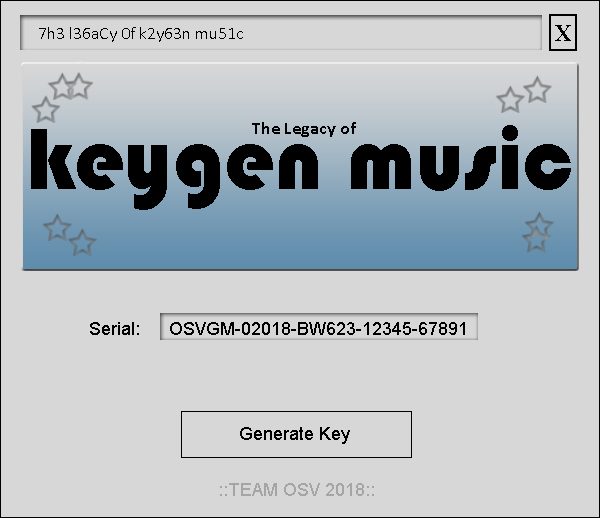
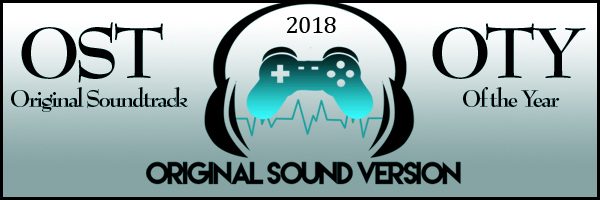
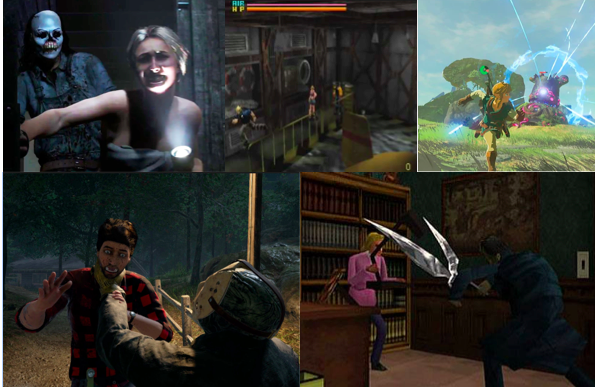


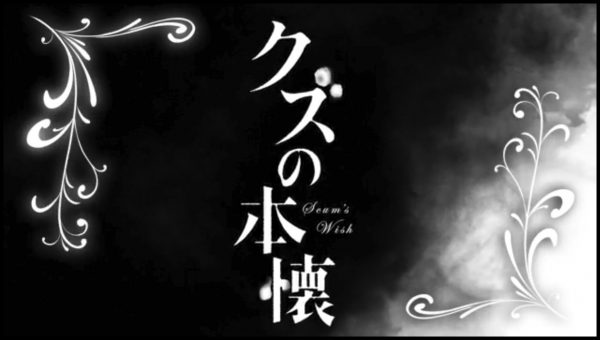


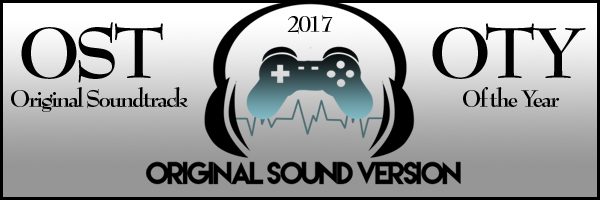
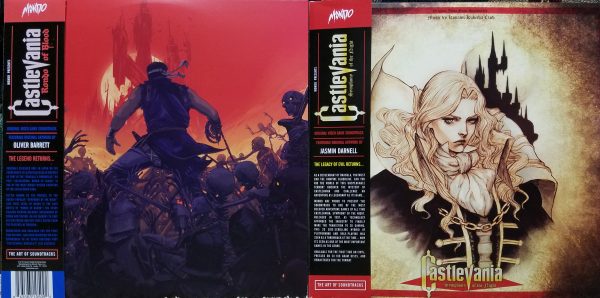
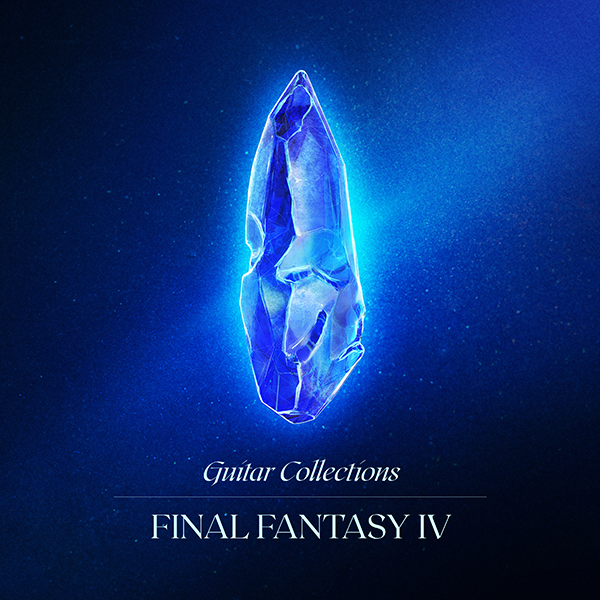
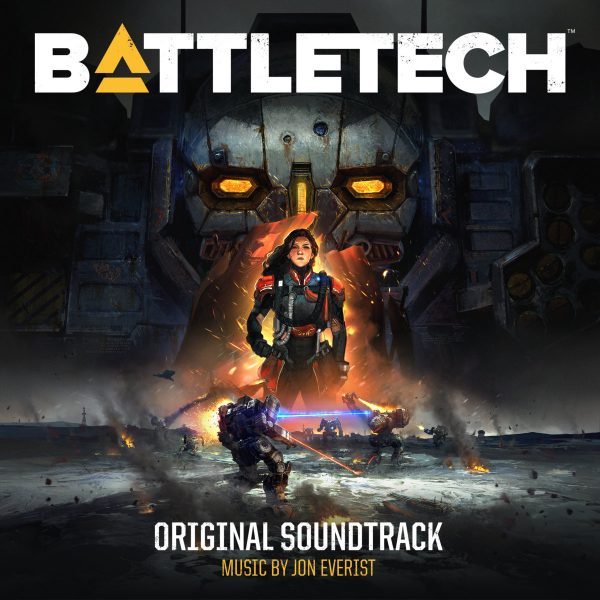
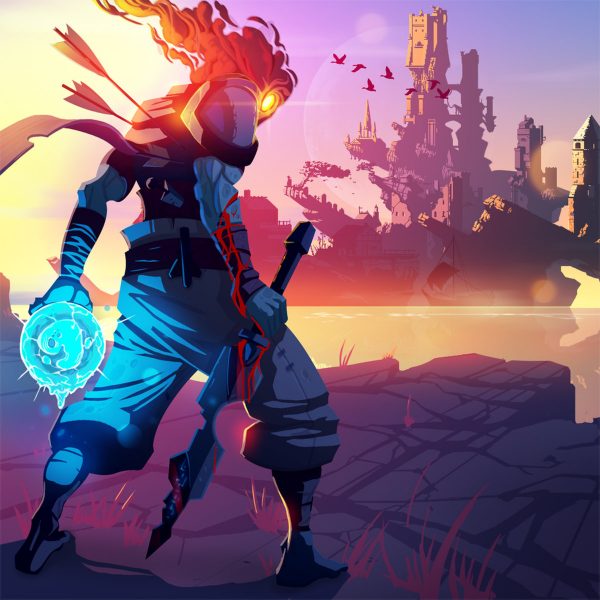
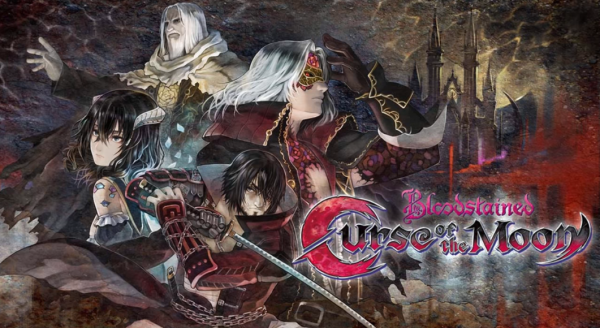
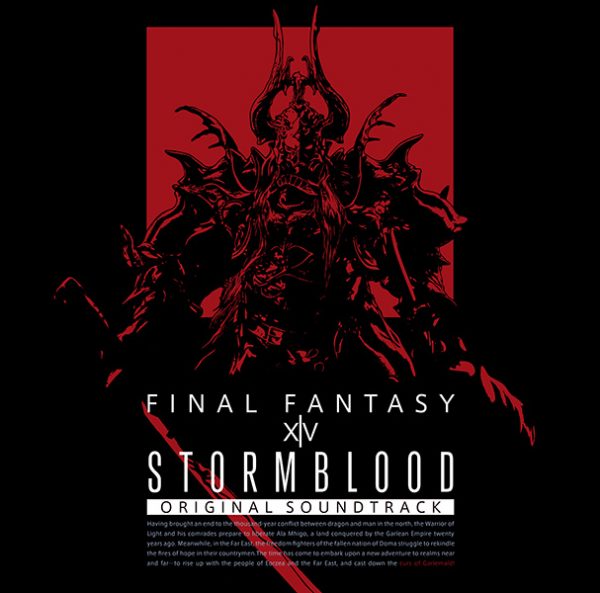
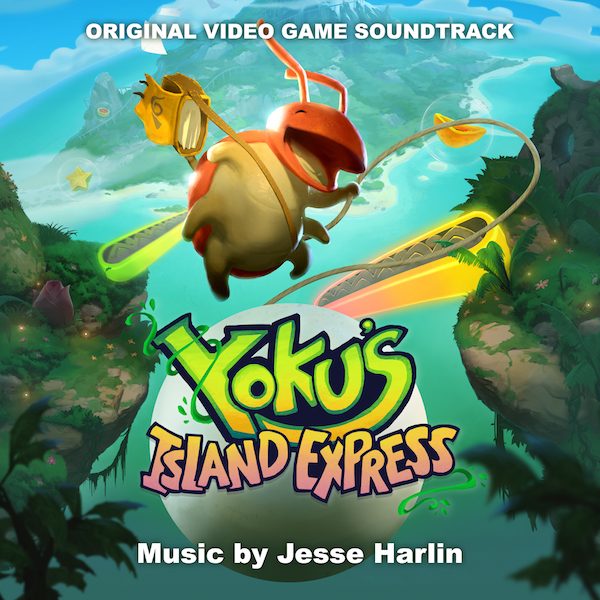
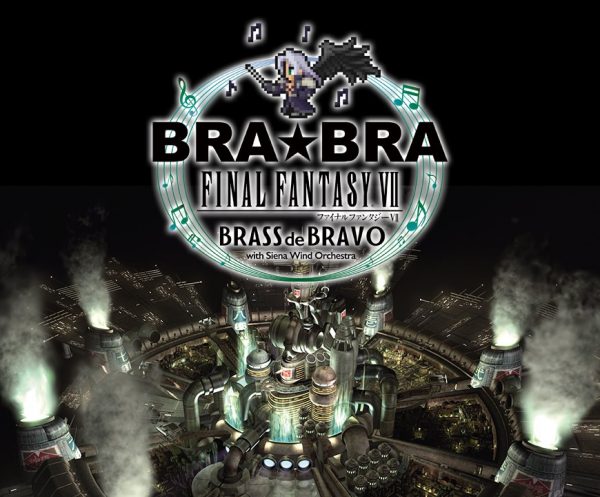
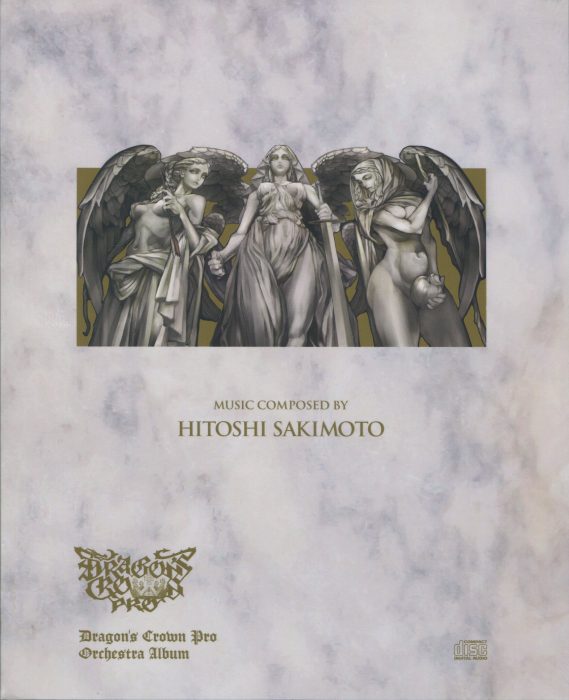
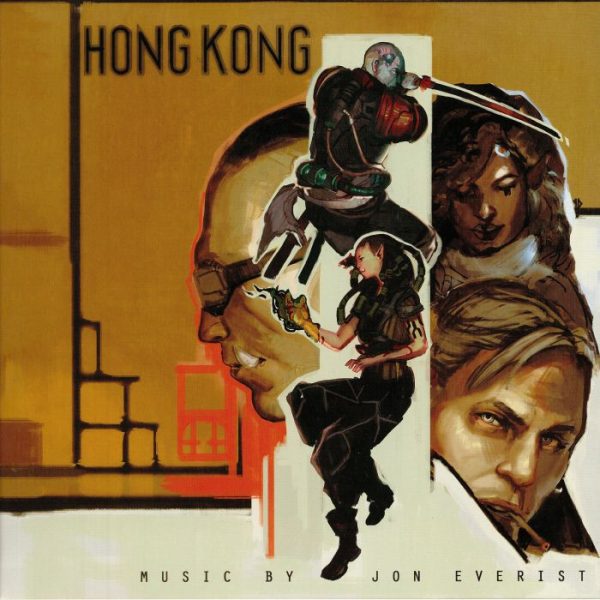
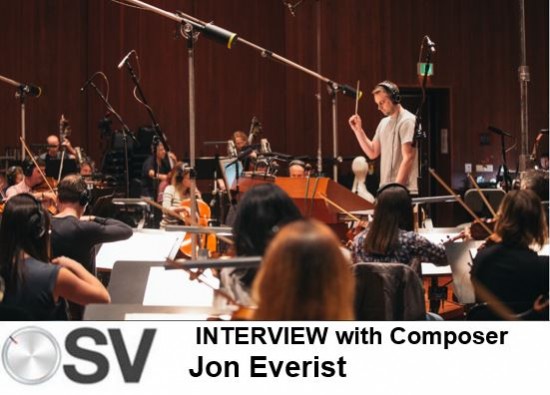
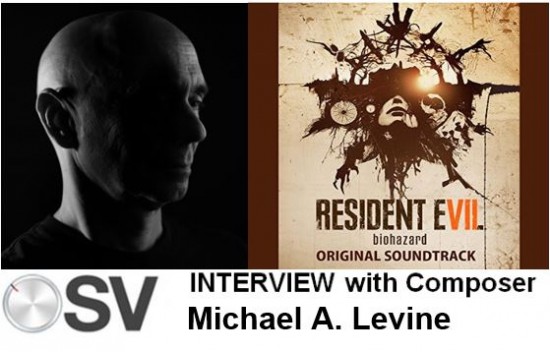
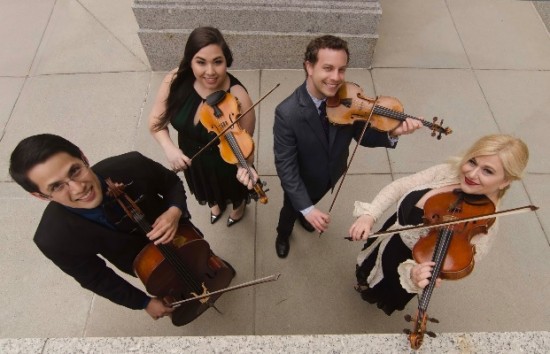
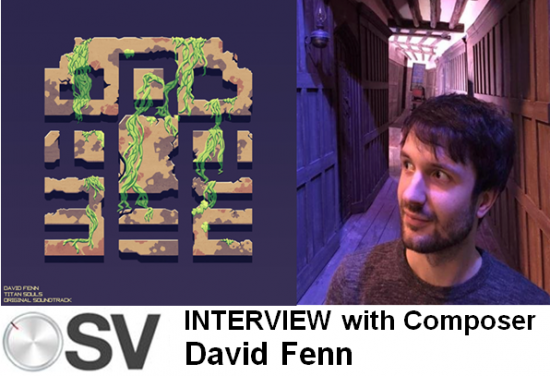
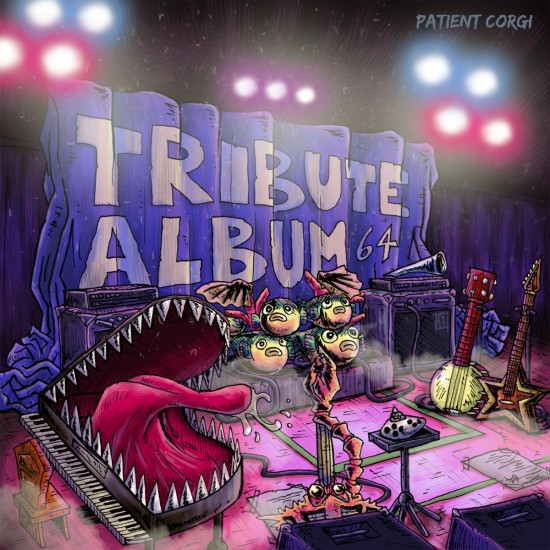
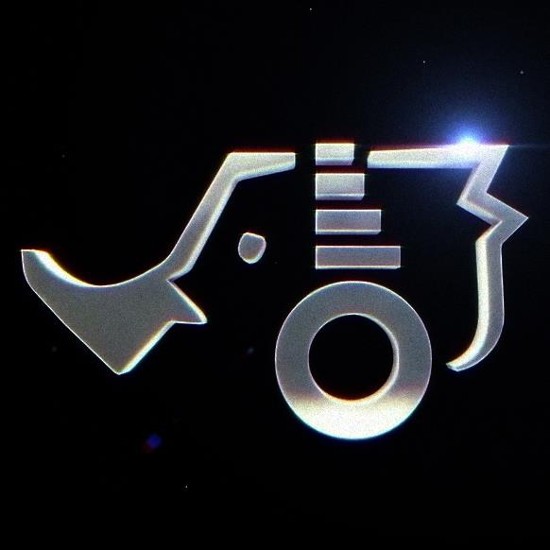
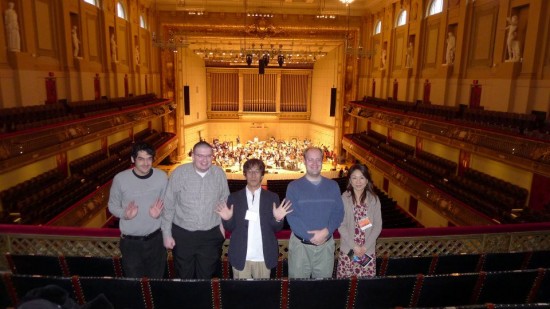
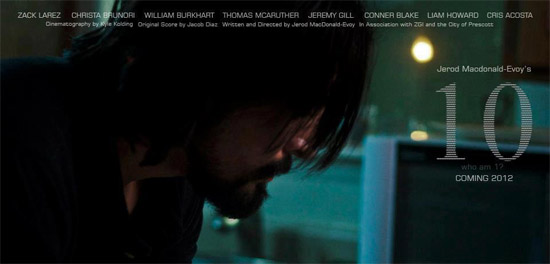
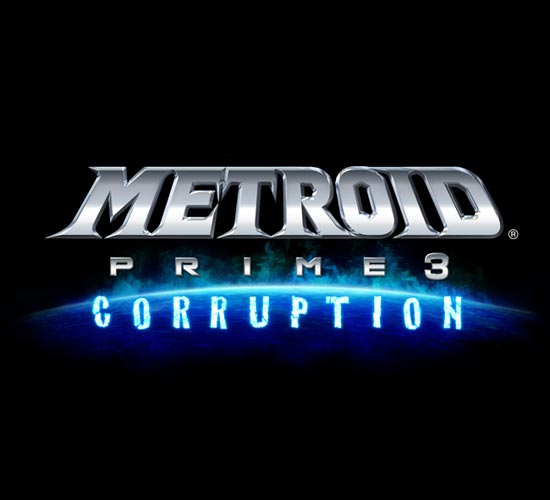


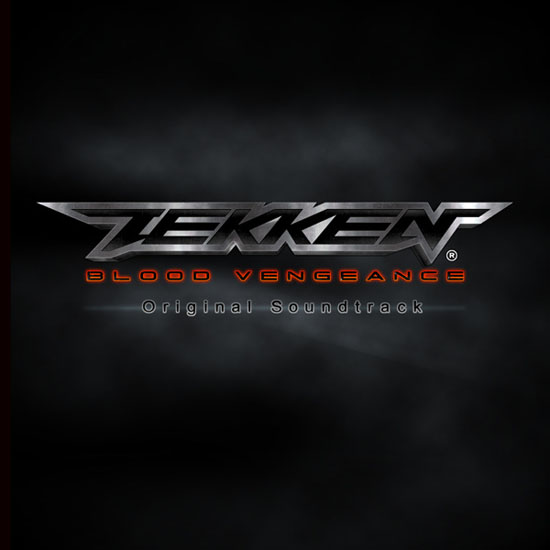

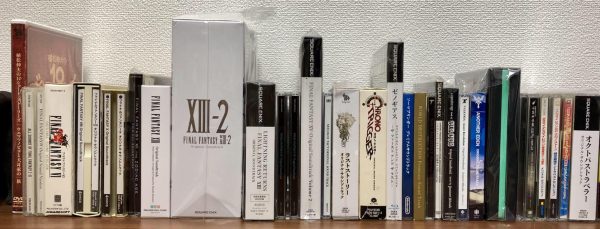
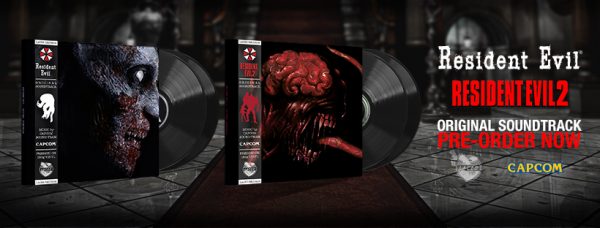
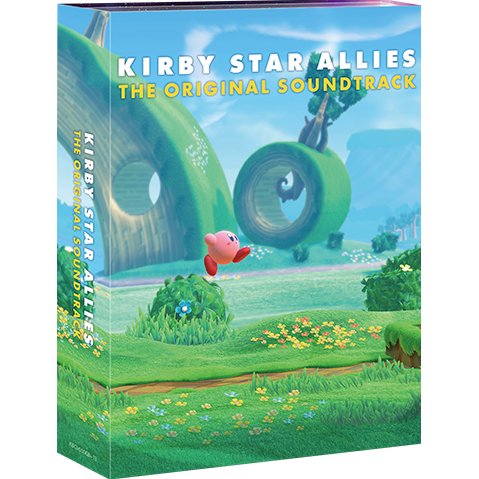

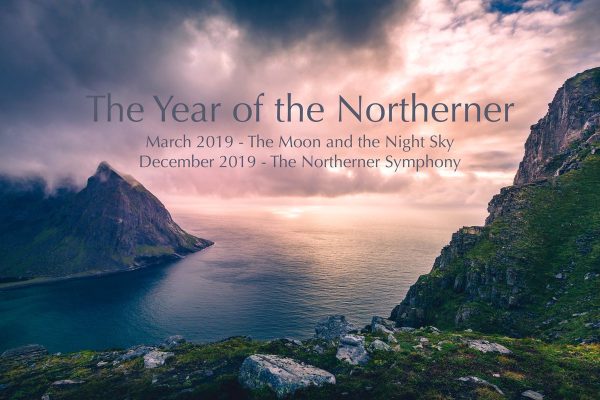
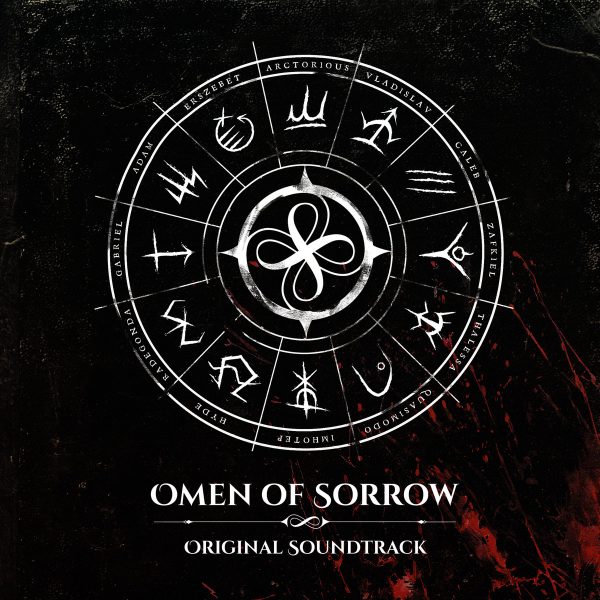
I was surprised that they were involved with this, and equally surprised that they pulled it off by staying so close to the franchise’s musical style. Just goes to show that Hitoshi Sakimoto can do anything!
Same here, what surprised me a bit more was when I heard “Bound by Blood” in Tekken 6. I was like hey, this sounds familiar, and then I look at the credits and Sakimoto and other basiscape composers are credited. I guess the Tekken team liked Basiscape work on Tekken 6. Also, Sakimoto worked on Tekken Advance so they kind of had a small relationship started awhile back it seems.